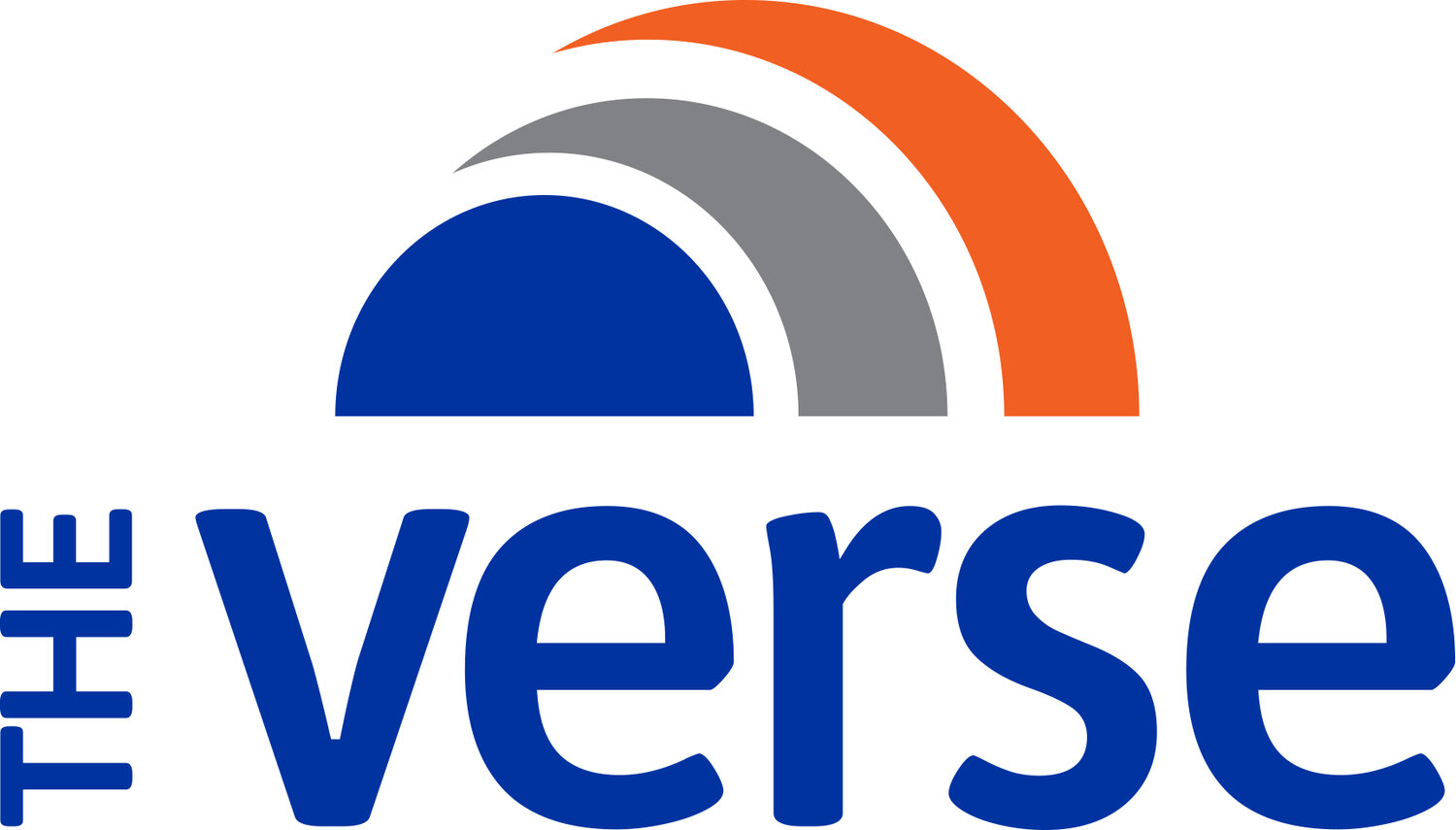Becoming a Savvier News Consumer
Spotting a fake.
We’ve beefed up our defenses enough that we’re not sending money to desperate Nigerian princes (we hope), but every one of us is exposed to misinformation and disinformation on the regular—and honestly, it keeps getting more legit looking. With a kajillion ways to share the potentially false content, we all bear some responsibility for the prevalence of falsehoods flowing through our public discourse. So we’ve gone beyond our beloved snopes.com to find ways to do better.
Know thy enemy.
While misinformation and disinformation are frequently used in similar contexts, it helps to understand the distinction between the two. Our friends over at Dictionary.com say Misinformation is defined as “false information that is spread, regardless of intent to mislead.” Disinformation, meanwhile, is defined as “deliberately misleading or biased information; manipulated narrative or facts; propaganda.” The point of distinction is the desired intent.
Social, you’re sus.
Numerous exposes have described how social media manipulates its users and contributes to the spread of false information, but it’s worth The Social Dilemma’s deeper dive. The platform goes in-depth with many of the actual architects of these technologies—including some spots you may consider more benign (et tu, Google search and Pinterest?).
Follow easy steps.
This article is a few years old, but its simple, pragmatic advice ages well. That includes a better strategy for addressing friends and family who spread false information, namely: “Don’t make a fight out of being right.” Doesn’t get much simpler, or wiser, than that.
Scope out the haters.
The Center for Countering Digital Hate does some of the best work in stopping the spread of hate and disinformation online. They routinely take technology companies to task, exposing holes in their so-called “content moderation” policies. Also exposed: the many ways we unwittingly finance online hate.
Teach your children well.
For those of us with children in our lives, this digital wellbeing guide developed during the pandemic by The Center for Humane Technology still applies—and not just for children. A healthy relationship with technology, and models for more informed digital engagement, behooves us all.
